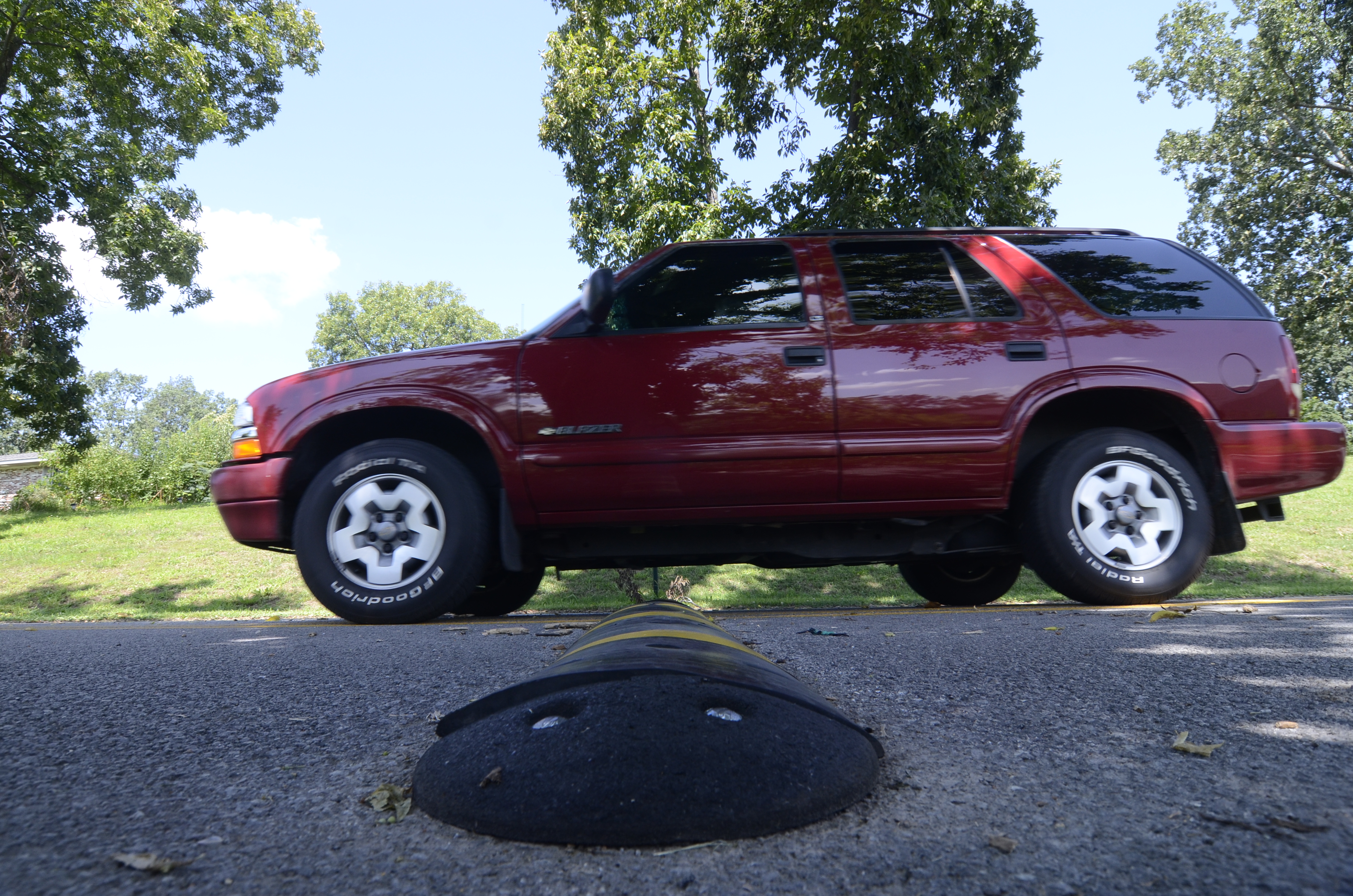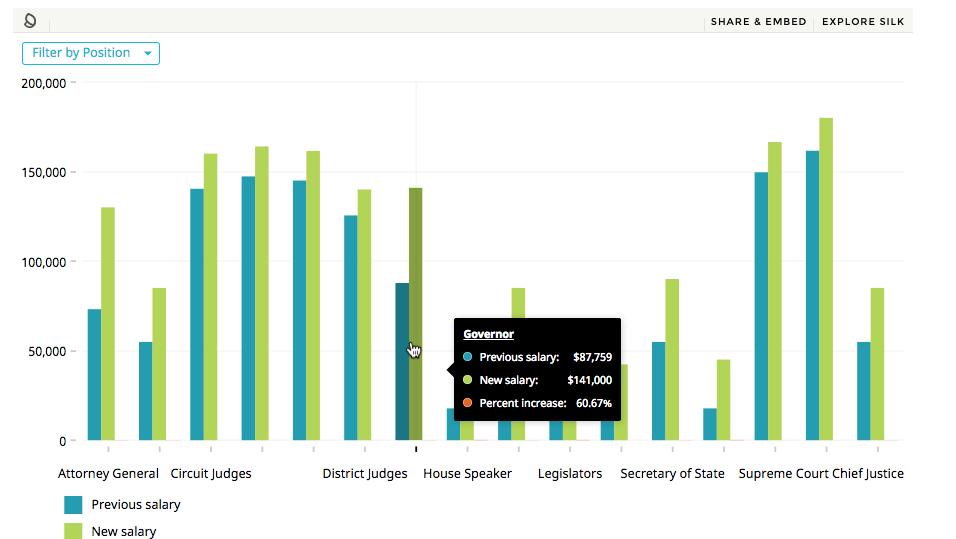Charles and Patricia Lusk no longer get mail at their home on South Mission Ridge Drive in Rossville.
That's because drivers have mowed down five mailboxes at the end of the Lusks' driveway after missing the hairpin curve at their front yard.
"We've got a post office box now," Patricia Lusk said. "Five mailboxes. They get expensive."
Mangled mailboxes haven't been the worst of it. Errant drivers have rammed vehicles carrying the Lusks' sons and grandchildren when they were pulling out of the driveway. A drunken young female driver cussed out Patricia Lusk after plowing into a tree in the Lusks' yard.
And those are some reasons why the Lusks got Rossville to install a speed bump before the bad curve.
"We just wanted something to slow them down," said Patricia Lusk.
Only one vehicle has strayed into her yard since the bump was installed several years ago.
"The speed bump has helped. It has calmed it down," she said.
The Lusks aren't alone in liking speed bumps.
Walker County Sole Commissioner Bebe Heiskell said that's the top request she has heard as she has campaigned for re-election.
In Chattanooga, residents also are clamoring for speed humps - sloped rubbery cushions several feet long that are bolted to the asphalt. They don't slow vehicles as abruptly or as much as narrow speed bumps.
"We have a waiting list because the demand is great," Chattanooga Traffic Engineer John Van Winkle said.
Chattanooga has installed speed humps on 100 streets since starting the program in 2001. Nine more streets are slated to get the traffic-calming devices over the next year. Recognizing the popularity of the program, the City Council allocates $150,000 to it annually, Van Winkle said.
If you see speed humps in Chattanooga, they're there because residents requested them, he said. To get the devices, residents need to round up signatures from 67 percent of the neighborhood, he said.
"We've got to know that the neighborhood has buy-in," he said.
Sam Brown, whose house is near one of several speed humps on East 49th Street in Chattanooga, is philosophical about the devices.
"I don't really like them, but I think they're a necessary evil," he said.
Once this "supermajority" requests speed humps, the city's Neighborhood Traffic Management Program does a study. If city officials determine speed humps make sense, they try to get them installed within one year.
"There are plenty of streets in Chattanooga where we just can't put them," Van Winkle said, explaining that, for instance, speed humps aren't safe on steep streets.
Chattanooga's speed humps are installed as sets and don't extend all the way across the width of the street.
"It allows larger vehicles, like firetrucks, to straddle them," Van Winkle said.
Getting buy-in for speed bumps from neighborhood residents is important because not everyone likes them.
Walker County was reminded of that several years ago when someone "uninstalled" a speed table - a prefabricated hump with a flat top and sloping sides - that had been installed off James Street near Rossville. Speed tables cost about $7,000 to install.
"The next morning ... it was gone," Heiskell said. "They unscrewed it and took it away. We haven't seen it since."
No one was arrested for the disappearance, and the county didn't replace it.
Walker County has had better luck installing speed tables in other locations, such as on Longview Drive in the Beverly Hills neighborhood and on Pine Street in the Mountain View subdivision.
The flat portion of a speed table usually is as long as a vehicle's wheelbase, so the devices don't slow drivers as much as speed bumps or speed humps.
"You have to have a speed table that's rated for certain miles per hour," County Coordinator David Ashburn said.
Installing a speed table requires a day's work from a four-person crew, he said.
But there's a simpler solution that would be less costly for the county's taxpayers, he said.
Drivers could slow down.
"We are our biggest problem," Ashburn said. "We speed."
Patricia Lusk echoes that sentiment.
"It just amounts to going too fast. That's all it is," she said.


